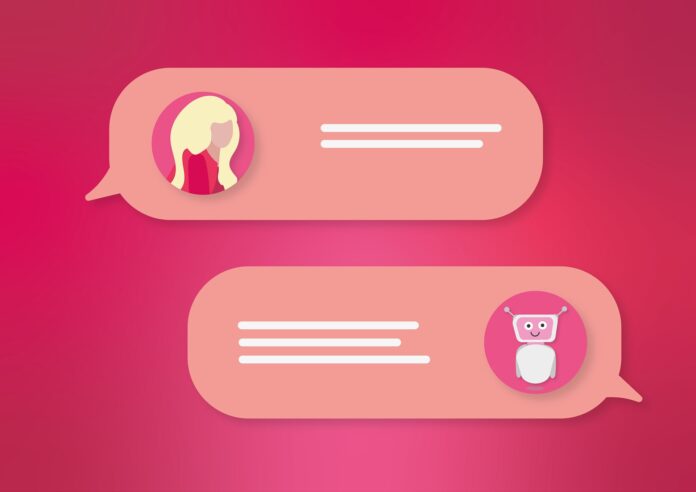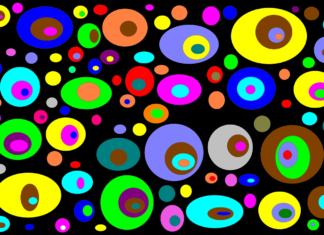GPT (Generative Pre-trained Transformer) is a type of computer programming that uses machine learning algorithms to generate human-like responses to text-based prompts. In this article, we will provide a comprehensive guide on everything you need to know about GPT programming, along with a list of ten important things about it.
What is GPT programming?
GPT programming is a type of computer programming that uses deep learning algorithms to generate human-like responses to text-based prompts. It is widely used in applications such as chatbots, language translation, and content generation.
How does GPT programming work?
GPT programming works by training a neural network on a large dataset of text-based information. This allows the network to learn the patterns and structure of human language, which it can then use to generate responses to text-based prompts.
What are the benefits of using GPT programming?
GPT programming offers a range of benefits, including increased efficiency, improved accuracy, and the ability to generate human-like responses to text-based prompts. It can also save time and resources by automating tasks that would otherwise require human intervention.
What are some popular GPT programming frameworks?
Some of the most popular GPT programming frameworks include OpenAI’s GPT-3, Google’s BERT, and Facebook’s RoBERTa.
What are the applications of GPT programming?
GPT programming has a wide range of applications, including chatbots, language translation, content generation, and text analysis.
How can GPT programming be used in chatbots?
GPT programming can be used in chatbots to generate human-like responses to user queries. This can improve the user experience and reduce the need for human intervention in customer service interactions.
How can GPT programming be used in language translation?
GPT programming can be used in language translation to generate accurate translations of text-based content. This can be particularly useful for businesses that operate in multiple countries and need to translate content for different audiences.
How can GPT programming be used in content generation?
GPT programming can be used in content generation to create high-quality content quickly and efficiently. This can be particularly useful for businesses that need to produce a large volume of content on a regular basis.
What are the challenges of using GPT programming?
There are several challenges associated with using GPT programming, including the need for large amounts of data, the potential for bias in the training data, and the difficulty of interpreting the outputs of the neural network.
What does the future hold for GPT programming?
The future of GPT programming looks promising, with continued innovation and expansion into new areas such as natural language processing and voice recognition. We can expect to see more sophisticated GPT models that enable even more complex interactions between humans and machines.
In conclusion, GPT programming is a powerful tool for generating human-like responses to text-based prompts. It has a wide range of applications and offers a range of benefits, including increased efficiency and accuracy. While there are challenges associated with using GPT programming, the potential benefits are too significant to ignore. As we look to the future, we can expect to see even more innovative uses of GPT programming that will continue to shape the world of technology.






















